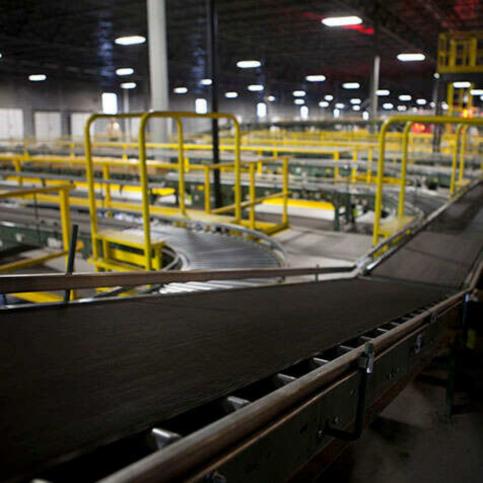Conveyor belts and conveyor rollers are absolute essentials when it comes to material handling solutions. Coming to the former, conveyor belts are a staple in numerous conveyor systems, from right incline/decline and accumulation to even positioning conveyors. However, there is one major problem pertaining to conveyor belts, belt tensioning. Without proper belt tensioning, a system can face a whole host of problems, adversely affecting throughput, increasing downtime, and consequently, making it financially unviable. That being said, before diving into right belt tensioning practices, it's important to know what proper tensioning is.
Determining Correct Belt Tensioning
To find the ideal zone of belt tensioning, it is vital to first define the two extremes:
Excessive Tension
A surefire sign of extreme tension is the increased replacement of bearings and shafts. Moreover, the tail pulley also tends to make noise, indicating extreme tensioning, leading to wear and eventual failure of the conveyor. A subtler sign is belt lacing, wherein it has become frail, and the edges of the belt are curling.
Not Enough Tension
The telltale sign, in this case, is belt slipping, improper belt tracking, and pulley leg, leading to damage if left unchecked. The more early signs include belt discoloration and high-pitched noises.
With this knowledge, it is easier to watch out for improper tensioning. Now, the next segment covers a short guide/best practices to ensure optimal tensioning.
- First, stop operations and remove all products from the belt.
- Then, adjust the tension such that both extremes are avoided.
- Gradually increase the unit load on the conveyor until can handle the heaviest load without slipping.
- Resume regular operations while keenly observing for any belt slippage.
- If slippage occurs, repeat the entire protocol from the first step.
Therefore, conveyor belt tensioning can be a simple and regular practice, improving throughput and reducing downtime, ultimately leading to a more efficient operation.
For more information on different conveyor systems, reach out to us at Norpak Handling. We have been providing businesses throughout Canada with top-of-the-line conveyor rollers, belts, and other conveyor equipment for decades. Get in touch with us today to learn more about how we can craft highly customized material handling solutions specific to your business requirements.










